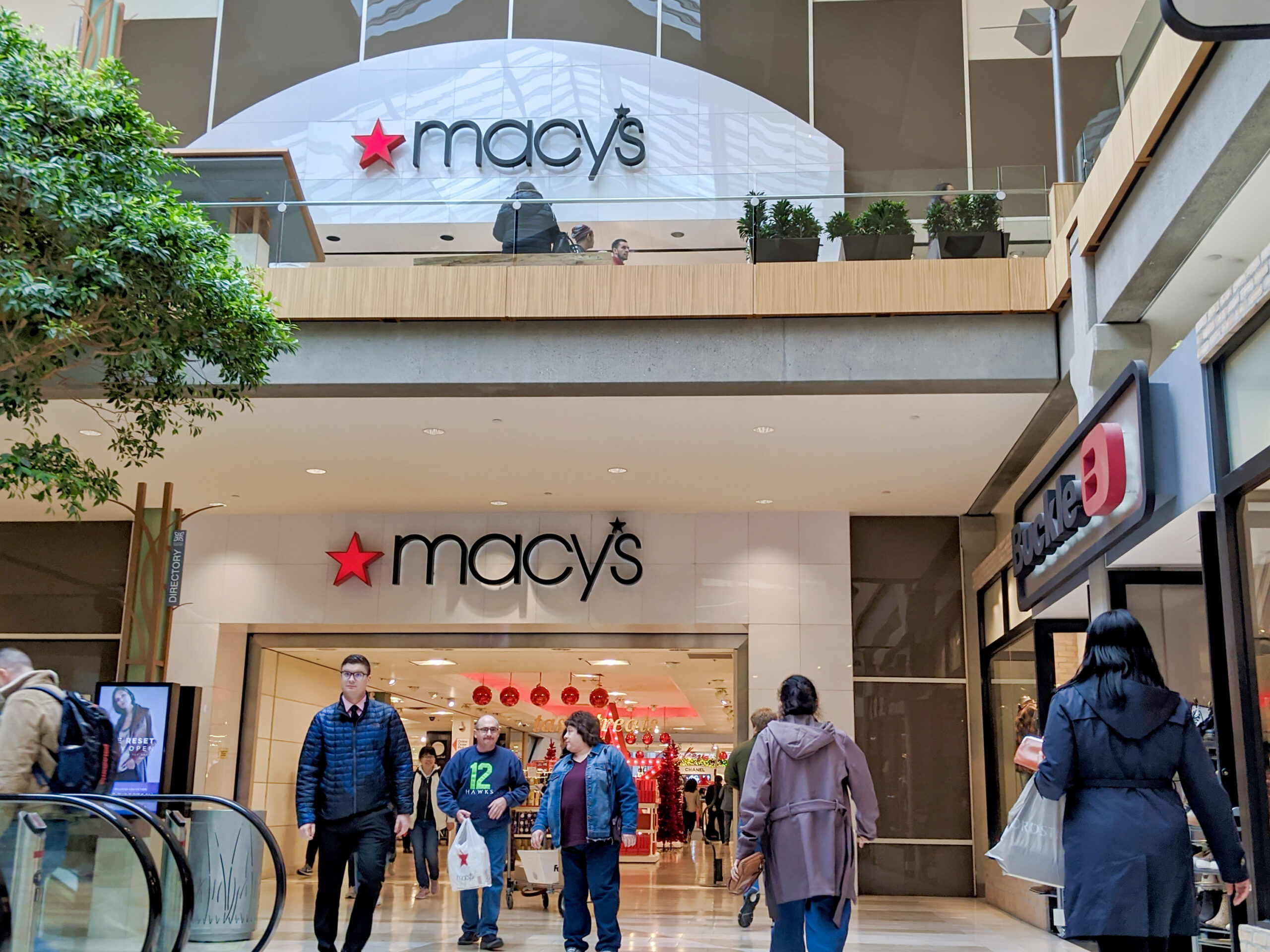Macy’s recent announcement to close nearly 150 stores by early 2027 marks a pivotal moment for the US retail sector, reflecting the ongoing challenges faced by traditional brick-and-mortar stores in an increasingly digital world.
These closures represent about 25% of Macy’s total gross square footage but contribute less than 10% of its overall sales.
This strategic decision underscores Macy’s focus on prioritizing its more profitable locations while adapting to evolving consumer behaviors.
The decline of traditional malls
The ripple effects of Macy’s store closures will be felt most acutely in shopping malls, where these locations have historically served as anchor tenants.
With Macy’s exiting, malls will need to undergo significant transformations to remain viable in the changing retail environment.
The decline of traditional malls has been evident for years, with the number of Class A and B shopping malls in the US decreasing from 352 in 2016 to 316 by 2022.
The drop is even steeper for Class C and D malls, which fell from 684 to 287 in the same period.
Mall owners are now faced with the challenge of reimagining these spaces.
Some have already begun exploring alternative uses, from converting retail areas into medical facilities to creating entertainment hubs that cater to a wider demographic.
The closure of Macy’s stores could accelerate these trends, offering an opportunity for mall owners to diversify their tenant mix and adapt to the shifting retail landscape.
Macy’s departure could unlock valuable real estate
For malls in prime locations, Macy’s departure could unlock valuable real estate for redevelopment.
Some mall owners are capitalizing on this by introducing a mix of grocery stores, healthcare facilities, and entertainment venues.
Brookfield Properties, for instance, has invested over $2 billion since 2012 to revitalize more than 100 anchor spaces in its malls.
A notable example is the Stonestown Galleria in San Francisco, where a former Macy’s has been transformed into a Whole Foods, a movie theater, and a sporting goods store.
These efforts highlight the changing preferences of today’s consumers, who increasingly seek a blend of shopping, dining, and entertainment experiences in one location.
However, not all Macy’s locations will experience a smooth transition.
In areas where redevelopment is less feasible, Macy’s closures could exacerbate the decline of already struggling malls, leaving behind vacant spaces that contribute to urban blight and the deterioration of local communities.
Macy’s has closed more than a third of its stores
Macy’s store closures are part of a broader trend of downsizing among department stores.
Over the past decade, Macy’s has closed more than a third of its stores, mirroring the struggles faced by other traditional retailers like Sears, Lord & Taylor, and JCPenney.
These closures reflect the ongoing shift in consumer habits, with more shoppers turning to online platforms for convenience and variety.
This trend is reshaping the retail landscape, creating a growing divide between thriving malls and those on the brink of closure.
By 2030, it is expected that top-tier malls will capture a larger share of consumer spending, while lower-tier malls may either close or convert more space into non-retail uses.
As Macy’s continues its store closures, the future of many malls remains uncertain.
Some vacant Macy’s locations could be repurposed for innovative uses that reflect the changing needs of local communities.
For instance, in Salt Lake City, a former Macy’s will be converted into a training facility for the NHL’s new Utah Hockey Club. Meanwhile, e-commerce giants like Amazon are transforming former mall sites into fulfillment centers, as seen with the conversion of Randall Park Mall in Northeast Ohio.
For mall owners, the closure of Macy’s stores represents both a challenge and an opportunity.
Those who can successfully navigate the changing retail landscape may find new ways to attract consumers and keep their properties relevant.
However, for others, the closure of Macy’s may signal the beginning of the end for their malls.
The post How Macy’s 150 store closures by 2027 will redefine the American shopping mall experience appeared first on Invezz

























